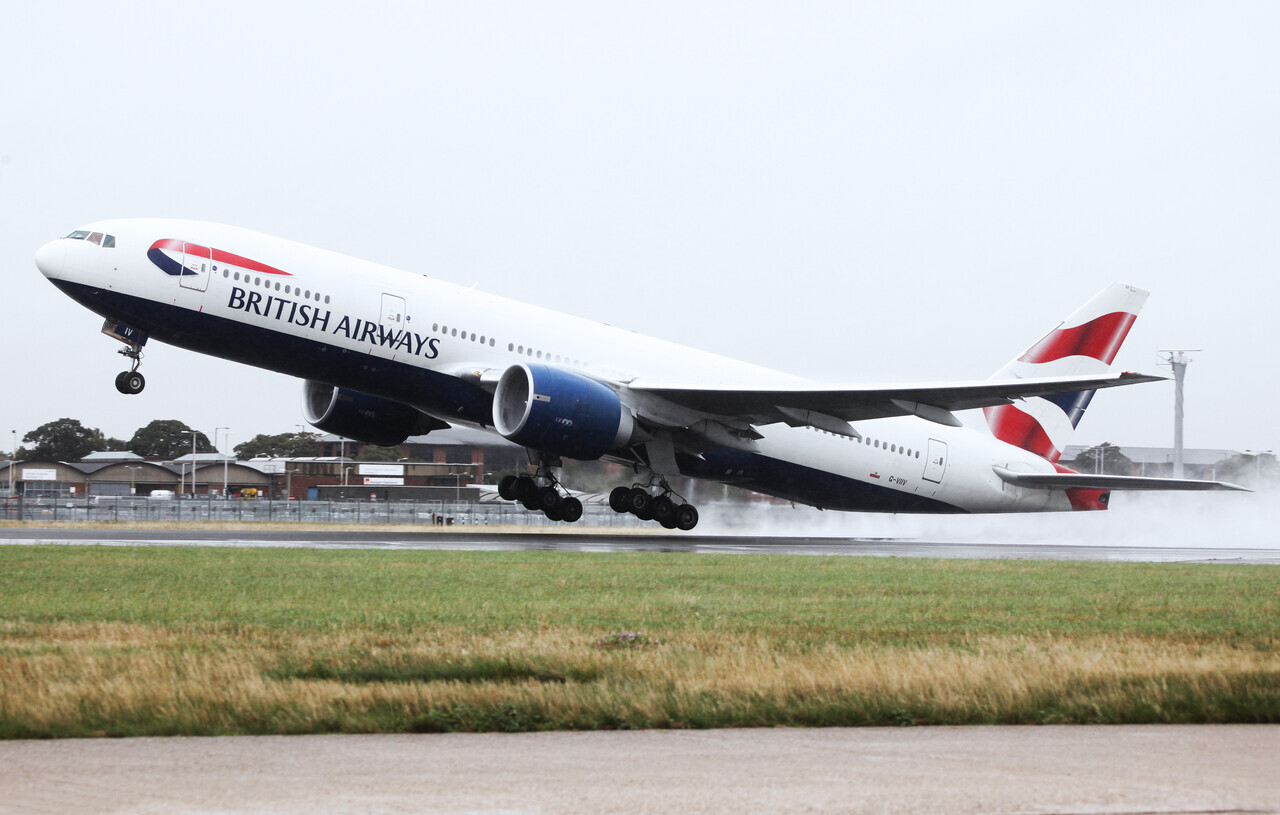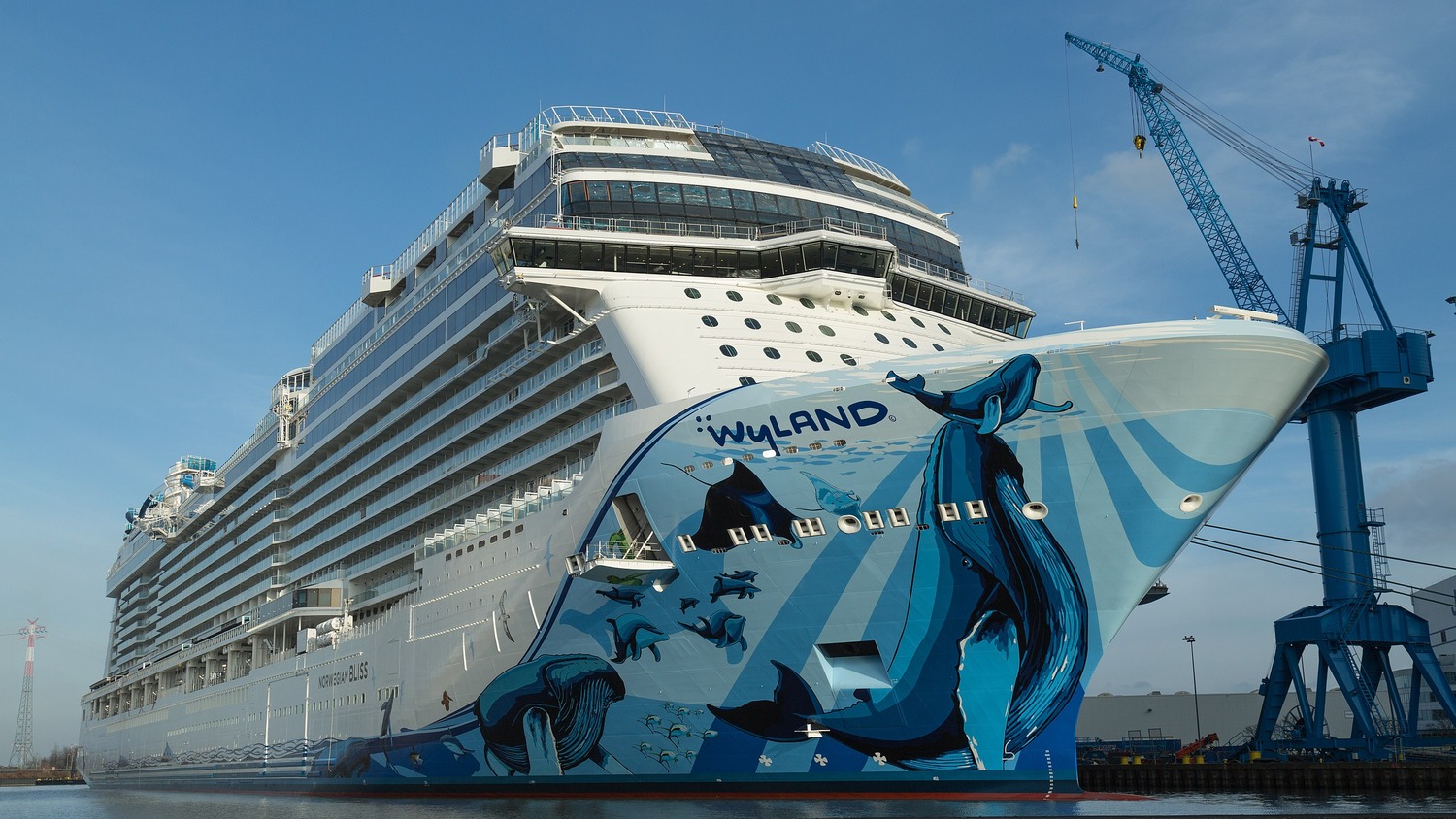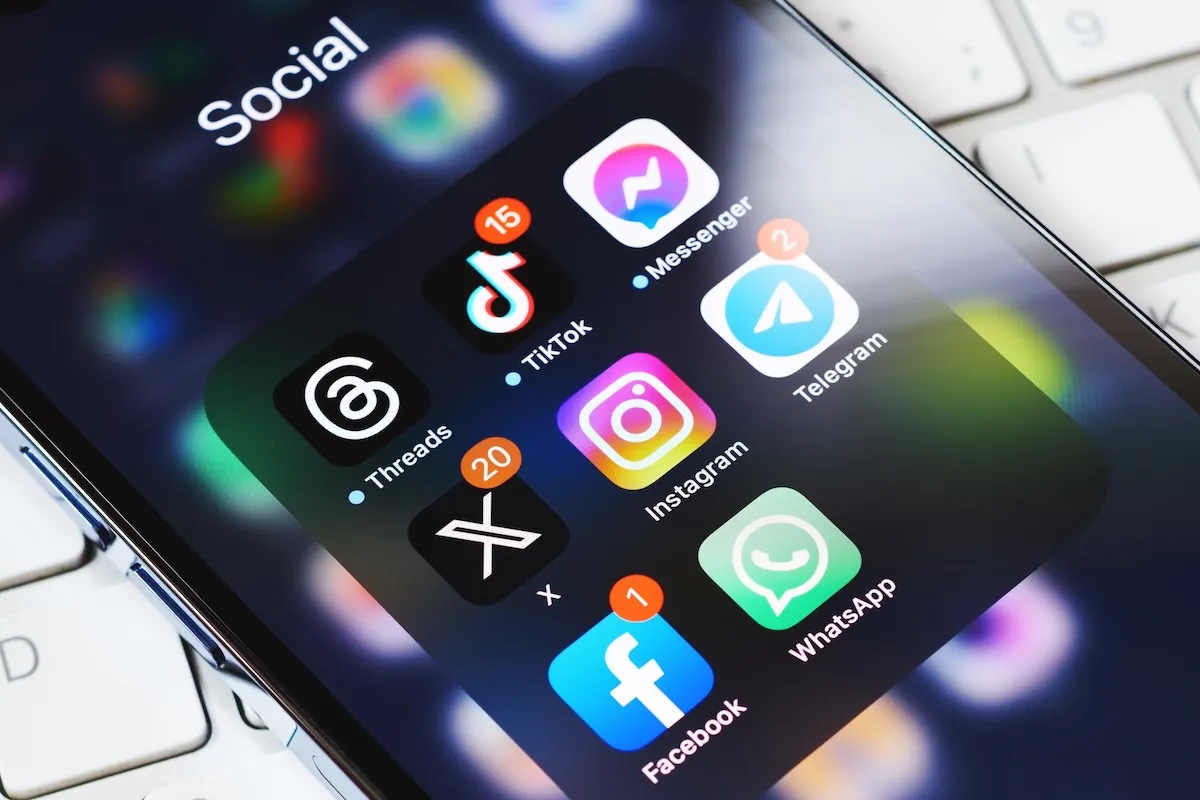No Stroopwafels, Fancy TV Screens? How U.S. Air Travel May Change Beyond Tackling Health Concerns
Skift Take
As U.S. airlines navigate the Covid-19 pandemic, it is fashionable to write how the airport and cabin experience will change, in recovery and beyond. Most stories focus on health-related enhancements, such as masks, temperature checks, social distancing, and protection screens separating employees and passengers.
Undoubtedly, these elements will alter the flying airline experience in the short and medium term, but long term, it may be foolish to make predictions. In a rush to restore consumer confidence — and save businesses in distress — airlines have implemented almost every idea they could think of, some based on science, and some not. Eventually, they may streamline to focus on ideas endorsed by epidemiologists.
But another element may change the flying experience just as much. With so few passengers traveling, this is also an economic crisis — the worst in airline history — and travelers should expect airlines to make significant cuts to the passenger experience. They may have little choice, after adding billions in new debt, while pledging airplanes, engines, spare parts, gates and slot holdings as collateral. (Delta Air Lines said Wednesday it has raised more than $10 billion since March.)
Airlines won't compromise on safety, presumably, because they know cutting corners on maintenance is bad for business. But they will look everywhere else for savings, suggesting the (slightly elevated, by recent standards) airline experience travelers experience in 2019 is gone, probably for awhile.
The good news is it's not forever. Airlines are cyclical businesses, and airlines have shown they can rack up massive profits during flush times. When high-value travelers return en masse — those are people who buy a $3,000 transcontinental flight, or spend $9,000 for a jaunt to London — airlines again will increase standards and compete on product.
But as long as full-service U.S. carriers rely on short-haul leisure travelers paying $39 or $99 for an economy class seat, they will remain in cost-cutting mode.
Here's some stuff that may change.
Less Food
Several years ago, to great fanfare, American Airlines and United Airlines returned free snacks in economy class, offering pretzels and sweet treats, including Stroopwafels. A few airlines, led by Delta, resumed free meals in domestic economy class, on longer transcontinental flights. And many airlines raised the quality of their business and first class meals.
These improvements were mainly a revenue play. Treat passengers a little better, the theory goes, and customers will pay more for airfare. No U.S carrier took this further than Delta, which has maintained it gets a 10 percent revenue premium over the competition because it offers a better experience.
Since the pandemic, airlines have altered meal service, mostly for hygienic reasons. Some have cut many hot meals in premium cabins, instead serving pre-packaged snacks. In economy, many have switched to goodie bags, with water and a small snack, rather than a full service.
Over time, however, airlines may cut food service for economic reasons. Each packet of pretzels doesn't cost much, but in the aggregate, snacks are expensive, and they're probably not worth it if airlines can't recoup it, indirectly, in the cost of the fare.
Some airlines probably will keep food as a differentiator, while others might retain snacks on some flights and not on others. In premium classes, flights that once had a hot meal might change to a cold snack.
Less Service and Service Elements
By trimming food service, some airlines also can reduce the number of flight attendants on each flight. The Federal Aviation Administration requires airlines to have one flight attendant per 50 seats, but on double-aisle airplanes, airlines often overstaff.
United told flight attendants last month it will move to FAA minimums on all domestic flights. For many long-haul flights, the airline will move to the minimum plus one flight attendant, so long as the load factor is below 80 percent. If the flight is more than 80 percent full, the airline will go with the minimum, plus two.
"On longer flights ... we suspended some service steps and have combined others," the airline told flight attendants last month. "In addition, we are serving more pre-packaged and covered food. For example, in United Polaris, we have suspended pre-departure beverages, hot towels, linens, and we have combined the appetizer / salad, main entrée, and pre-packaged dessert onto a one tray set-up. In economy, we are serving a snack, meal and dessert all in one step."
This could be a temporary change to accommodate Covid-19 concerns. Just as likely, it will continue until United's high-value flyers return and the airline makes progress repaying debt.
Televisions/Cabin Interiors
In retrospect, airlines probably should have realized they reached the peak of the economic cycle in 2018 and 2019, when many passengers had little more to gripe about than the future of onboard television screens. With the exception of Delta Air Lines and JetBlue Airways, most airlines were giving up on them, reserving them for long-haul and transcontinental flights. Passengers were upset.
Even in good times, some airlines argued they were too expensive and became obsolete too quickly. They also were difficult and pricey to replace, so airlines often left antiquated screens, rather than upgrade them.
Now, though, most airlines may treat the screens as an afterthought. They may not remove them, but they probably won't add new ones. They also may not pay as much for content. Emirates already has suspended its live television, while several other airlines are not changing titles as often, according to Seth Miller, an aviation journalist.
Then there's cabin interiors more generally. Over the past five years, airlines often retrofitted older airplanes to new brand standards, upgrading lighting, side walls, carpets, seats and, in some cases, televisions. Many of the aircraft that received upgrades barely had been touched since they were delivered a decade or more earlier.
That work is expensive. Airlines have already paid for some of it, and so that work could continue. But much it will stop.
That's the case at JetBlue, which has been updating its A320s, the oldest airplane in the airline's fleet, with an average age of more than 14 years. In May, the airline said it will pause the program. Passengers will have to live with antiquated interiors (and screens) for awhile.
Hello to Speed Tape
Sometimes, airline passenger complain that a maintenance worker came onto the airplane and fixed a wobbly overhead bin, or squeaky table, with duct tape. The passenger may take to Twitter to say something sarcastic, asking if travelers should trust an airline that makes repairs with household tape.
Safety is our top priority. This isn’t actually duct tape. It’s a special FAA approved, metal-infused tape used for temporary repairs.
— americanair (@AmericanAir) June 21, 2019
It is not duct tape, of course. It's called speed tape, and airlines can use it for most minor repairs. Five years ago, Patrick Smith, an airline pilot who writes a blog called "Ask the Pilot," reported the stuff costs about $700 for a four-inch wide roll.
Anecdotally speaking, airlines may have reduced their reliance on speed tape in the past few years, particularly inside the cabin. Many airlines had become profitable businesses that wanted to move upscale, and they knew passengers would remember shoddy interiors. They fixed things the right way.
But times change. When they emerge from this period, most airlines will not have as many mechanics in as many places. They may choose speed tape over permanent repair, deferring replacement for another time.
They'll probably defer other stuff, too. Airlines can fly with inoperative bathrooms or defective seats, so long as they don't let anyone use them. Airlines have done this in recent years, too, but expect to see more of it.
Sustainability
Environmental sustainability is not a high priority for U.S. airlines.
They may say otherwise, because they won't want to anger their most loyal customers, who care about the environment's future. But airlines are fighting for survival, and their goal is cash preservation. Next, they'll pivot to repaying debt.
It's not time to think seriously about electric or hybrid electric aircraft. And even if airlines wanted to discuss it, there's no money to make meaningful investments.
There could still be improvement. The most obvious quick solution to the carbon emissions problem was never electric aircraft. That technology is not ready for anything but the shortest flights. The solution was to get consumers — and airlines — to fly less. It was an impossible argument to make in 2019 amid sky-high demand. But it's happening now, because of Covid.
Carbon emissions may drop for another reason. As demand cratered, many airlines retired their oldest and most polluting jets, making fleets got younger and more efficient.
It's not clear what happens next. In previous downturns, airlines have avoided buying new airplanes because they don't want to pay for them. But both Airbus and Boeing are selling next-generation airplanes that sip less fuel than older airplanes.
Even in this crisis, an airline with a fleet of older jets might decide to swap them for new ones. The operating costs of new airplanes are much cheaper, and the price to buy them, while expensive, is far cheaper than before Covid.
Airbus' CEO has asked if governments might help fund this transaction.
"Instead of taking an old Boeing 777, for instance, back to service, they could take a brand new [Airbus] 350 or 321 with very, very good economics and CO2," Airbus CEO Guillaume Faury told Politico. "And if you subsidize that, you make a big step forward in terms of CO2 in aviation."




